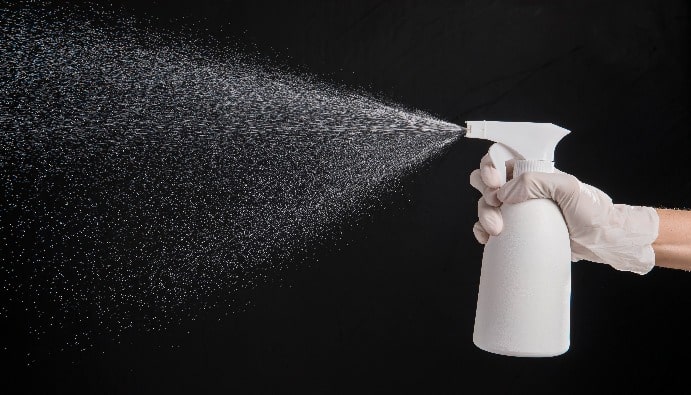
BLOG
KATEGORİDEKİ DİĞER YAZILAR

2-phenoxyethanol is a colorless, oily liquid, slightly soluble in water, formed by the reaction of phenoxyethanol ethylene oxide and phenol. Generally used in cosmetic products, phenoxyethanol is also used in biocidal products.
Phenoxyethanol is a weak biocide. It is especially effective on gram negative bacteria, Pseudomonas aeruginosa strains. Phenoxyethanol used in anionic surfactant solutions can be a nutrient source for bacterial growth if it is not used in sufficient quantities. Generally, phenoxyethanol and p-hydroxybenzoic acid are used together to provide a broader antimicrobial effect.
The product types in which 2-phenoxyethanol can be used are specified as follows in Annex A - List of Substances with Product Type Identified in the scope of the “Biocidal Products Regulation”.
In conclusion; 2-Phenoxyethanol is an effective antimicrobial compound with a wide range of applications. However, accurate analysis methods and compliance with standards are critical for its safe and effective use. Sensitive techniques such as gas chromatography and HPLC provide active ingredient verification in both biocidal and cosmetic products. Their use within recommended limits in product formulations is important for both user safety and environmental impact.
Nanolab Laboratories Group continues to provide services within the scope of Active Ingredient Analysis. We also provide services in Irritation Testing.
Contact us for more information.
You can follow us on LinkedIn for up-to-date news and posts about our services.
Follow our Instagram account to be informed about our latest blog posts.